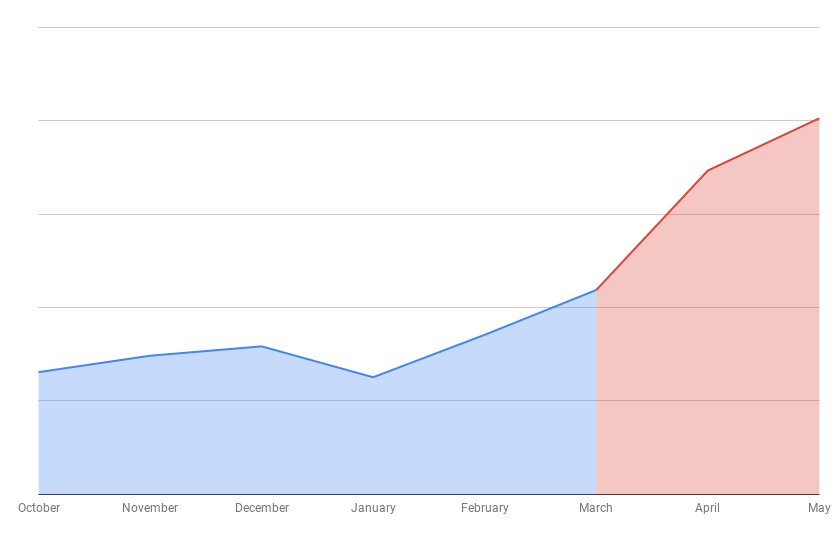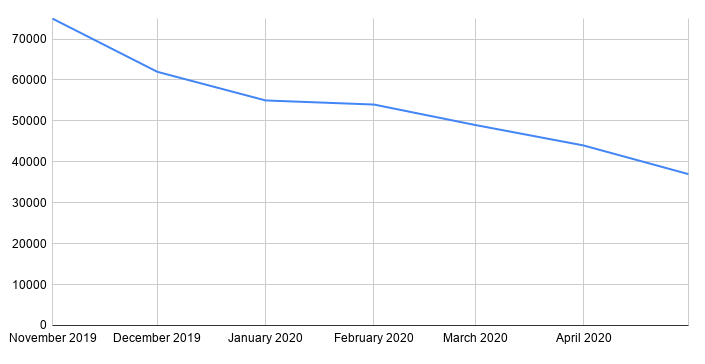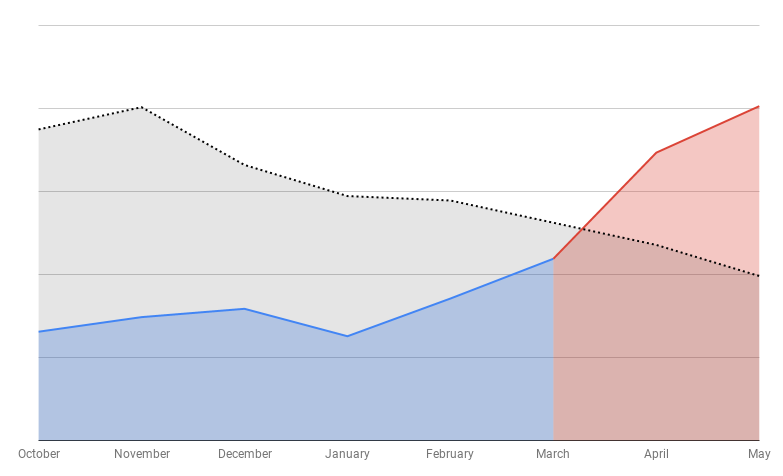Disc Golf Weight Explained – Choosing the Best Disc Weight

Why Weight Matters in Disc Golf
When it comes to choosing the best disc golf disc, getting the right weight is an important factor. The weight of a disc affects its speed, stability and the way it will fly. Understanding this relationship can provide a significant advantage in the discs you choose to purchase and throw on the course.
Release Velocity and it’s Relationship to Distance
The faster you’re able to throw the disc, the greater your potential to get more distance. This provides a relationship between the release velocity of a throw and the distance the disc travels.
Lighter Discs for Big Distance
The potential of lighter discs isn’t merely theoretical. For disc golf distance competitions, world records have been set with light weight discs weighing under 160 grams. This underscores the point that lighter discs, when thrown correctly, can achieve astounding distances. For me personally, I can most easily get full flight and maximum distance with a 149 gram Pharaoh.
Disc Stability Also Matters
While light weight discs have potential for more distance, the flight dynamics of the disc can also change. Lighter discs, by their nature, tend to exhibit more turn, which can affect the intended flight path. To counter this tendency, it might be advantageous to choose a more stable driver or increase the weight. Increased stability allows for more consistent flight paths.
While the weight of the disc may not actually affect the discs stability, the fact that you are able to throw light weight discs faster will affect its stability.
Factoring in Wind Conditions
Disc weight makes a big difference when it comes to throwing in the wind. Lights discs are affected much more than heavier discs, simply because of physics. All other factors being equal, lighter discs will get blown around more than a heavier disc, since there is less mass to get moving. That goes for a head/tail wind, as well as a cross wind.

Which Weight to Choose?
With a lot of disc golfers trying out popular discs by different brands, we thought that we would address the questions of disc weight. For some players, the weight of the disc is not particularly important as long as it flies the way that they want it to. But for other players, the disc weight is very important since they prefer the performance of heavier discs, or desire the easier distance that may come with lighter discs, etc.
Your weight choice should primarily depend on the disc you are purchasing and what you intend to use that disc for.
Choosing Weight for Putters and Midrange Discs
Because the objective and putter and midrange discs is not distance but control, in most instances you should choose heavier, near max weight discs.
Disc Golf Putter Weights
Most disc golf putters have a max weight of 173-175grams. Personally, I like a putter around the 170-172 gram range. It really probably doesn’t make much of a difference, but psychologically in my mind that “lighter” putter will glide just a little bit more. When it comes to making putts, it’s really all about confidence.
Midrange Disc Weights
Some Midrange Discs have wider diameters, and thus the PDGA allows for heavier max weights. Large diameter mids like the Buzzz and Roc3 have max weights of up to 180 grams.
If you’re looking for something very overstable, you probably want a heavier disc, or at least something in the 165g plus weight range. If you want something that will glide a little bit more and not fall to the ground as fast, consider something lighter than mid weight for that mold.
Best Weight for Disc Golf Drivers
Disc golf drivers and their sharp rims usually have a maximum weight of 175 grams or less.
When it comes to choosing drivers, this is when the weight ranges really matters. The reality is that you will probably want a variety of different weights depending on your intended use for the driver. If you’re looking for big distance, use a lighter disc.
While I can’t usually tell the difference between a 170 gram, and a 173 gram disc, there is a noticeable difference between max weigh drivers and those in the 160’s. When a disc golf driver gets in the 150’s or lower weight range, there is a noticeable difference in the speed you are able to throw the disc and the way that it will fly.
If you have a tendency to “turn over” your disc, you probably want to stay away from light weight drivers as the heavier varieties will provide more consistency.
Some disc golfers choose to throw light weight but very overstable discs to get the best of both velocity and stability.
The real way to choose the right disc weight for you is simply to try your favorite driver in a number of different weight ranges to see which ones perform best for you in varying situations.
Lighter Weights for Beginners
Because new disc golfers do not have the arm speed to get a full flight out of disc, the best discs for beginners are usually light weight discs, at least in terms of drivers. Mid weight midrange discs are also recommended for newer players.
Sometimes factory second blemishes make x-out discs lighter than the non x-out version, so a factory second version is a way to get a lighter disc in the mold you are looking at.

Are the Weights Listed on Disc Golf Discs Accurate?
Here at Infinite Discs, we try to represent each disc as accurately as possible on our website by including a photo and the details for each disc. We decided years ago that we would trust the manufacturers when it comes to indicating the weight of their discs.
Most major disc manufacturers take the time to weigh the discs as they come out of the mold and painstakingly mark those weights in ink, with stickers, or embossed on the bottom of each disc. We trust that they have a well-established procedure for accurately weighing those discs as part of their manufacturing process.
WHY DON’T WE WEIGH THE DISCS at Infinite Discs?
Because we’ve chosen to trust the disc manufacturers to represent their products accurately and according to their own standards, we do not take the extra time to weigh each disc as we add them into our online inventory. Here at Infinite Discs, we currently have three different digital scales which we use to weigh packages as we ship them. When used to weigh individual discs, we can lay the same disc on each of those three scales and get results that may differ a gram or two from one scale to the next or from the weight indicated on the disc. So which of those scales is correct?
Scale Variations
We have heard the argument that “gravity is the same everywhere,” and that is correct. While gravity may not change, the calibration of different scales might differ. While we do not own the most top-of-the-line digital scales, we have noticed that there can be differences between them, so we don’t feel that we should automatically judge a disc’s factory weight to be wrong if it differs slightly from what one of our scales might say.
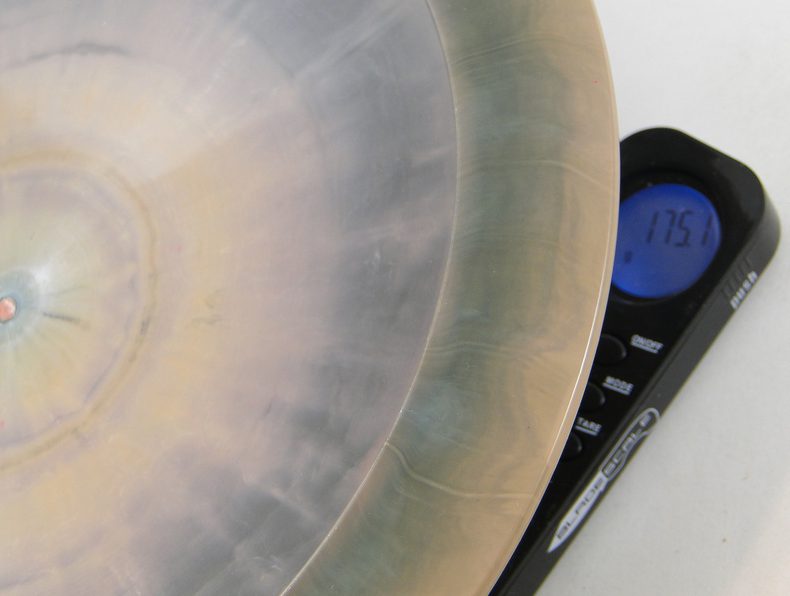
The same 173-174 Kong on another one of our digital scales.
Let’s assume for a moment that we receive a disc marked as 175g by the factory, using their procedures. Then we weigh the disc and find that our scale says 174g or maybe 176g. We feel strongly that it is not our place to then scratch out the factory weight and indicate our own results on the disc. We also don’t feel that we should list the disc on our website with a weight that is different than the factory results– the purchaser of the disc would receive it, see that our advertised weight doesn’t match what is marked on the disc and feel deceived. They might weigh the disc themselves and find a result of 173g on their own scale and feel that both we and the factory were wrong. Thus, we stick with what the factory says and don’t alter the disc or the weight information provided. That way, the manufacturer becomes the ultimate authority for the disc that they produced.
DIFFERENT BRANDS AND THEIR WEIGHT DESIGNATIONS
We’ve seen a lot of players move from one brand to another when purchasing discs. We’d like to address another important consideration when it comes to the procedures of those different brands. Innova, for example, typically marks their weights to the precise gram by writing the weight on the bottom of the disc in ink. Players who throw Innova or discs by other brands that use a similar procedure are able to pick the exact weight that they feel is perfect for them.
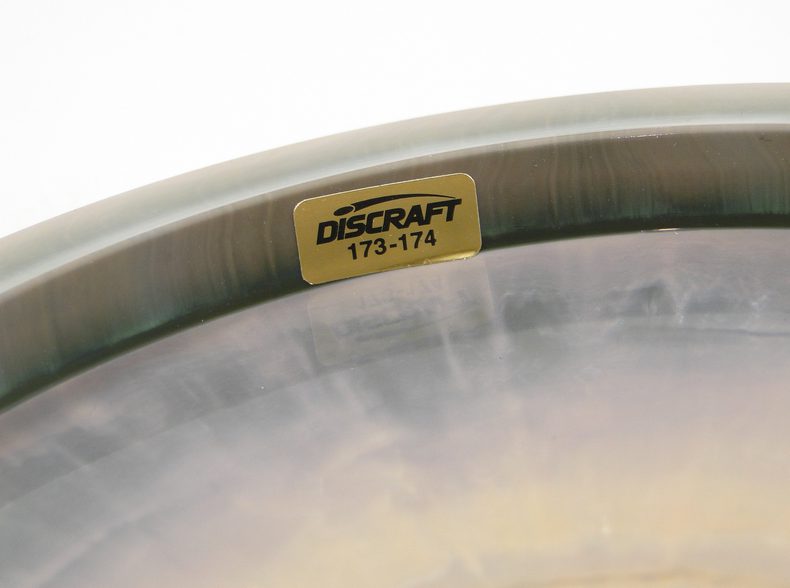
However, Discraft has not traditionally marked each disc to the gram. They instead choose to put a sticker on their discs that indicates a weight range. For example, they’ll put a sticker on a disc that says 170 – 172. That way, they are acknowledging that there will be some variation in weight for the discs produced in that batch. Other discs may be lighter and marked with weight stickers like 167 – 169, or heavier with 177+ (typical for mid-range discs like the Buzzz). Again, we assume that their range is accurate, but can’t promise that when weighed on somebody’s personal scale that it won’t fall a gram above or below the range that Discraft indicated.
Our Policy
When we list discs by companies that use a weight range on a sticker, we have chosen to be consistent in our data entry practices by simply listing the low number on that sticker. That is because our data entry system does not allow for a range, but wants a single number. Thus, a disc marked as 170 – 172 will be listed as 170. A disc with a sticker saying 173 – 175 will be listed as 173. The “max weight” for a Discraft driver would typically be listed as 173, but could actually weigh on the higher end of that range.
Other brands that use weight ranges include DGA, Viking Discs, Yikun Discs, and the new Active Baseline series of discs from Discmania (not individually weighed, but sold in a weight range).
WHAT IF THE WEIGHT IS JUST PLAIN WRONG?
While we’d like to believe that we live in a world where mistakes don’t happen, that is simply not a reality. While taking photos and adding thousands of discs per week onto our website, it is possible that some busy, tired employee here at Infinite Discs may type a weight in incorrectly. Usually we catch that error before the disc ships and we contact the buyer to make sure that they get a weight that they want. If the disc slips past another employee at the shipping station and the buyer receives a disc that has a factory weight that is different than what we entered, then we take care of the problem.
If we have entered the disc weight according the factory-marked weight, as indicated above, but the buyer believes it is still inaccurate or marked incorrectly, then we’re still happy to help the best we can, knowing that some busy, tired employee at the factory may have made a mistake. After all, nobody is perfect, and mistakes are always possible. We just want to clarify that we are doing the best we can to represent discs on our website exactly as the factory specified.
174g vs 175g
In the end, when disc weight becomes a hot topic of discussion or a complaint, we often find ourselves wondering if that gram or two was really going to make a difference in the player’s game. Would a 174g disc perform that much worse for an average player who claims that they absolutely must have a 175g disc? That’s an argument to be settled elsewhere. As disc connoisseurs, we can attest that here at Infinite Discs we have discs in our bags that straddle a lot of weight ranges, and they fly as well as we can throw them.
We hope that this information has been helpful in understand a little bit more about disc weights and how they effect flight. We hope you better understand how brands mark the weight of their discs, and how we at Infinite Discs work with those brands and trust in those manufacturers to indicate the weight of their discs so that our buyers can make an informed purchasing decision.



 Hard Core Disc Golfers own literally dozens of discs in many different plastic variations and blends. These players have huge backpacks or
Hard Core Disc Golfers own literally dozens of discs in many different plastic variations and blends. These players have huge backpacks or  One of the best way to get good golf discs for beginners, at an excellent price, is to purchase beginner sets. We offer several different variations of starter sets from the leading disc manufacturers. Here is the link to all of the
One of the best way to get good golf discs for beginners, at an excellent price, is to purchase beginner sets. We offer several different variations of starter sets from the leading disc manufacturers. Here is the link to all of the  X-Outs – X-Outs also known as factory seconds are manufactured discs that do not meet the manufacturers quality standards. These discs often have coloring issues or imperfections in the plastic. The imperfections should not effect the intended flight of the disc, but even if they do, these discs are still adequate for the casual frolf round. You can buy base plastic X-Out discs for less than $6 per disc.
X-Outs – X-Outs also known as factory seconds are manufactured discs that do not meet the manufacturers quality standards. These discs often have coloring issues or imperfections in the plastic. The imperfections should not effect the intended flight of the disc, but even if they do, these discs are still adequate for the casual frolf round. You can buy base plastic X-Out discs for less than $6 per disc.

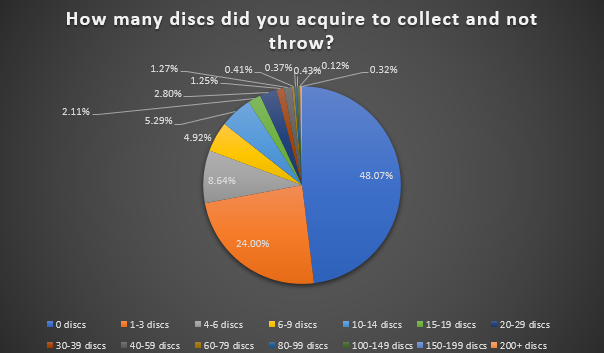






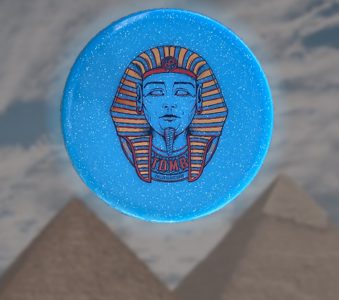 Thank you Dallin for giving us the time to answer these few questions. Keep an eye out for him this upcoming year, as he has plans to play in two pro tour events among other events. You can even look him up on social media, he has had multiple shout-outs there. Or follow him on Instagram: dallin_blanchard. If you like the tomb, you should check out his
Thank you Dallin for giving us the time to answer these few questions. Keep an eye out for him this upcoming year, as he has plans to play in two pro tour events among other events. You can even look him up on social media, he has had multiple shout-outs there. Or follow him on Instagram: dallin_blanchard. If you like the tomb, you should check out his 


